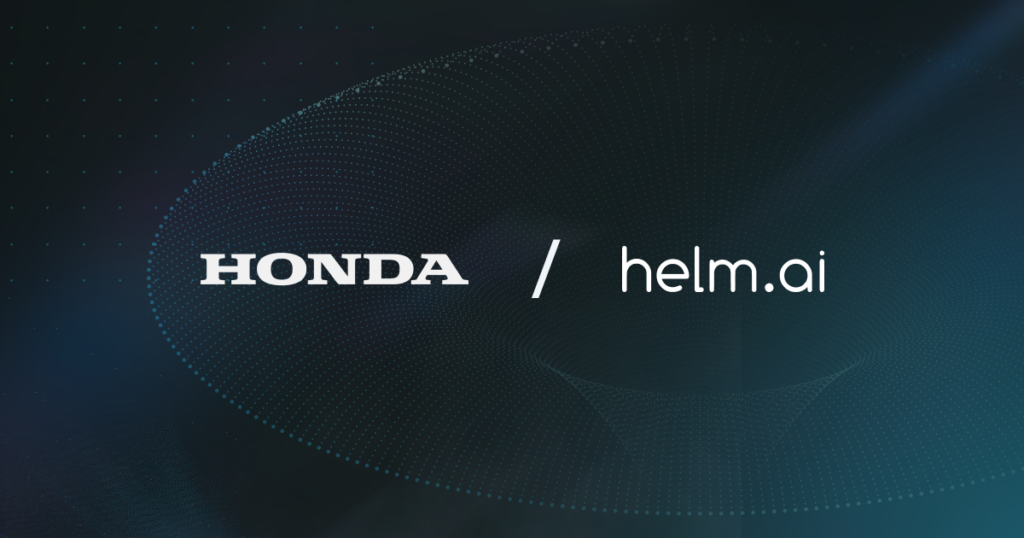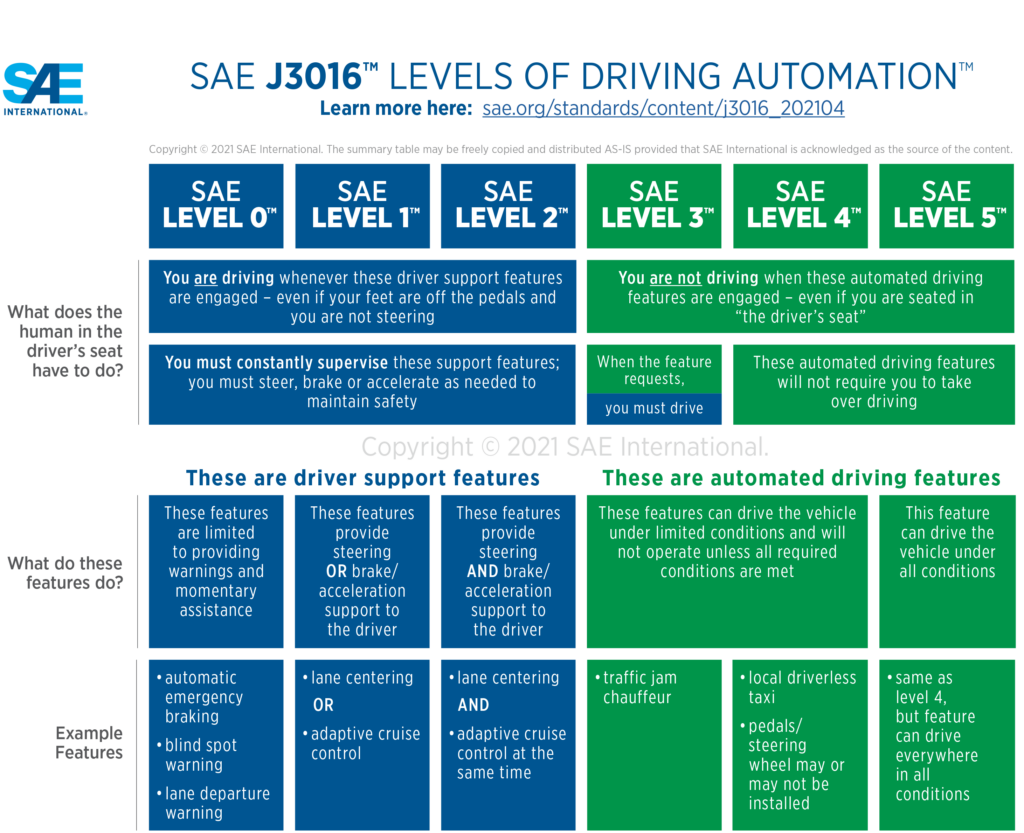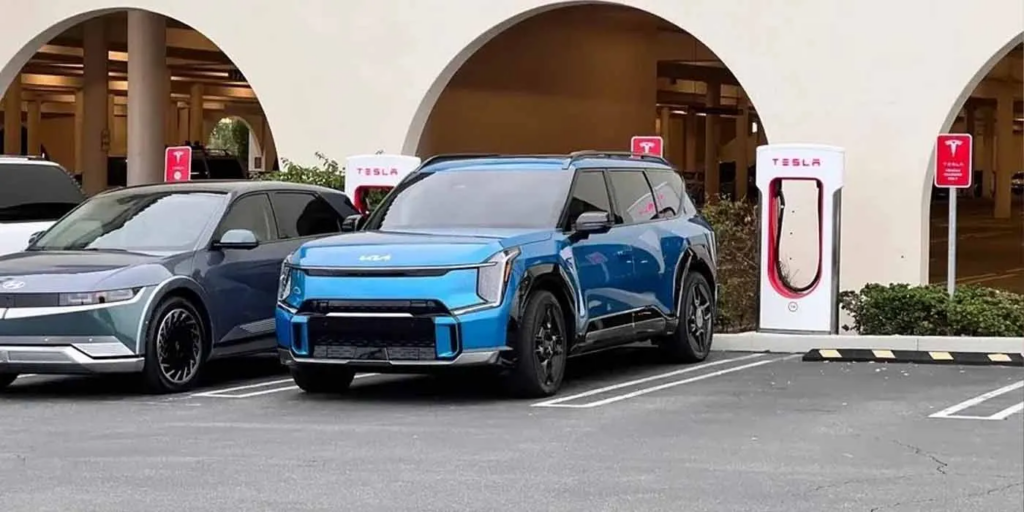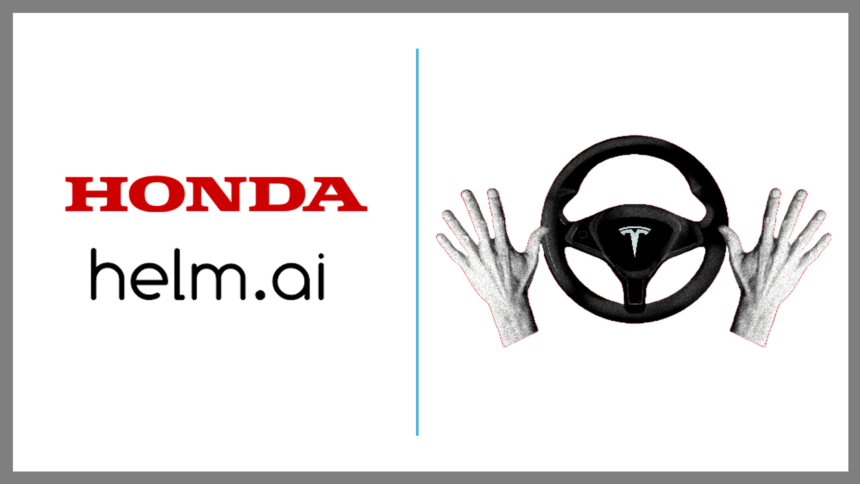Honda is making big strides in self-driving technology, announcing plans to implement Level 3 autonomous driving systems with the help of Helm.AI. Meanwhile, Kia’s timeline for Tesla Supercharger access has been delayed, frustrating some EV owners. As the automotive industry continues to push boundaries, these developments highlight the rapid evolution of both AI in vehicles and the infrastructure needed to support them.
What’s Happening & Why This Matters
Honda’s Push for Level 3 Self-Driving Systems
At CES 2025, Honda showcased its ambitions to leapfrog current self-driving technology. While Tesla has been leading with its Level 2 system, Honda is aiming for a more advanced Level 3 system. Developed in partnership with Helm.AI, this system could allow drivers to take their hands off the wheel and eyes off the road during certain driving conditions. Honda’s goal is to offer a system where drivers can relax and engage in secondary tasks, like texting or browsing, while the car navigates complex environments, including busy intersections.

Honda’s collaboration with Helm.AI, a California-based company, focuses on creating a virtual fleet for training autonomous driving systems, making the process more efficient and safer. Unlike Tesla, which gathers real-world data from human drivers, Helm.AI uses generative AI to simulate realistic driving scenarios, allowing faster model training and more effective development.
This push for Level 3 self-driving systems shows Honda’s confidence in its ability to compete with Tesla, although the legal and regulatory hurdles remain. Only a few states, like Nevada and California, currently allow Level 3 systems, and Honda is waiting for a federal framework to clear the way for broader adoption.

AI, Chips, Self-Driving Performance
Honda is also partnering with Renesas Electronics to develop more powerful AI chips for its self-driving cars. The aim is to achieve 2,000 TOPS (tera operations per second) of AI performance while maintaining efficiency to preserve battery life. As self-driving systems require vast computing power, Honda is looking to balance performance with energy consumption to avoid draining the car’s battery range.
This development is crucial as Honda envisions a future where drivers rely on AI to drive and interact with an AI system that can assist with daily tasks. The more powerful and efficient the chip, the better the system’s response time and ability to handle complex driving scenarios.

Kia’s Supercharger Access Delay
Meanwhile, Kia has faced setbacks with its plans to provide Supercharger access to its EV customers. Initially set for January 15, 2025, Kia’s Supercharger access timeline has been pushed to spring 2025. While this delay is disappointing for Kia owners eager to try out Tesla’s network of Superchargers, the company will still offer adapters for free or at a cost, depending on when customers purchased their EVs.
Kia’s delay reflects the growing pains in expanding EV charging infrastructure. While some manufacturers, like Ford and Rivian, have already gained access, Kia’s situation shows that scaling up such efforts is no easy feat. However, with more EV brands expected to access Superchargers by the end of the year, this expansion will provide more convenient charging options for drivers.
TF Summary: What’s Next
Honda’s dynamic Level 3 autonomous driving and Kia’s delayed access to Superchargers represent the EV business’s competitive, fast-moving, but sometimes unpredictable nature. While Honda wants to compete with Tesla in autonomous driving, its success will depend on regulatory approval and technological execution.
Though delayed, Kia’s charging network expansion is more acceptance towards standard EV charging. As both companies continue their innovation efforts, they illustrate the need for technological and infrastructure advancements that support the growing electric and autonomous vehicle markets.
— Text-to-Speech (TTS) provided by gspeech


